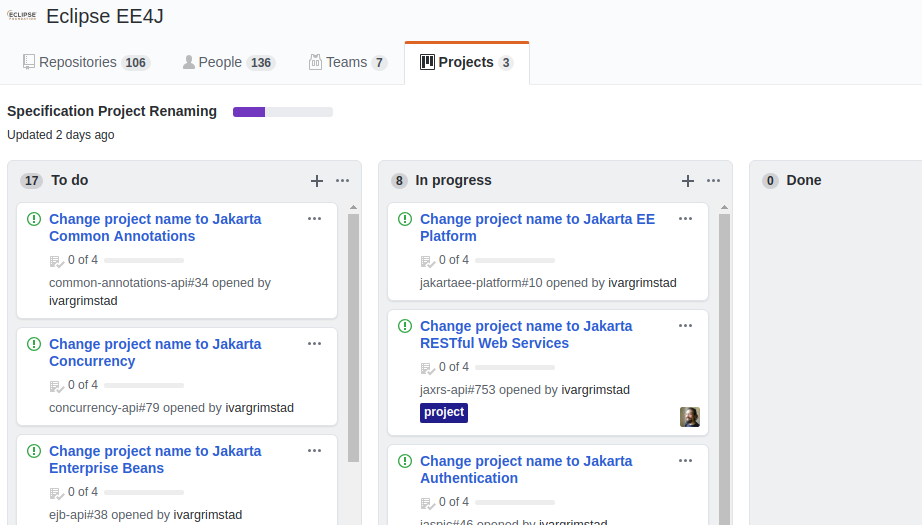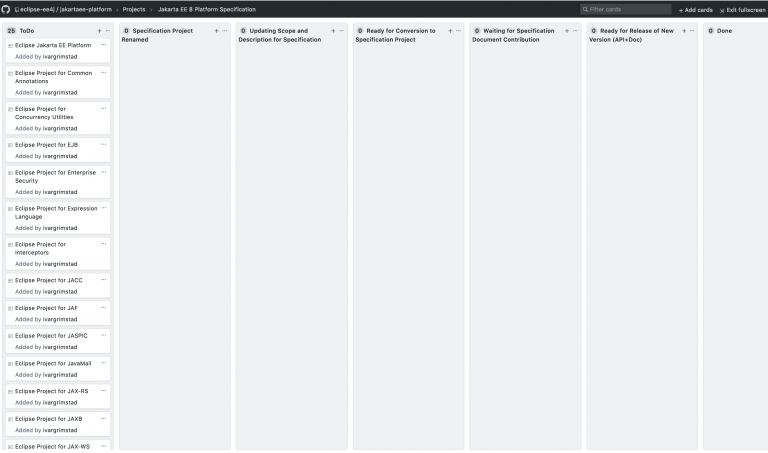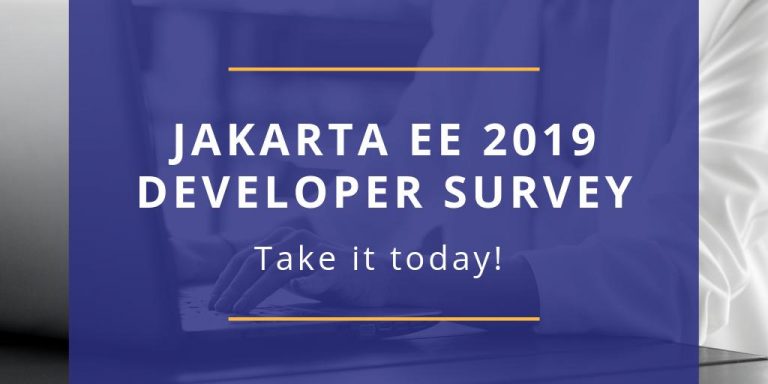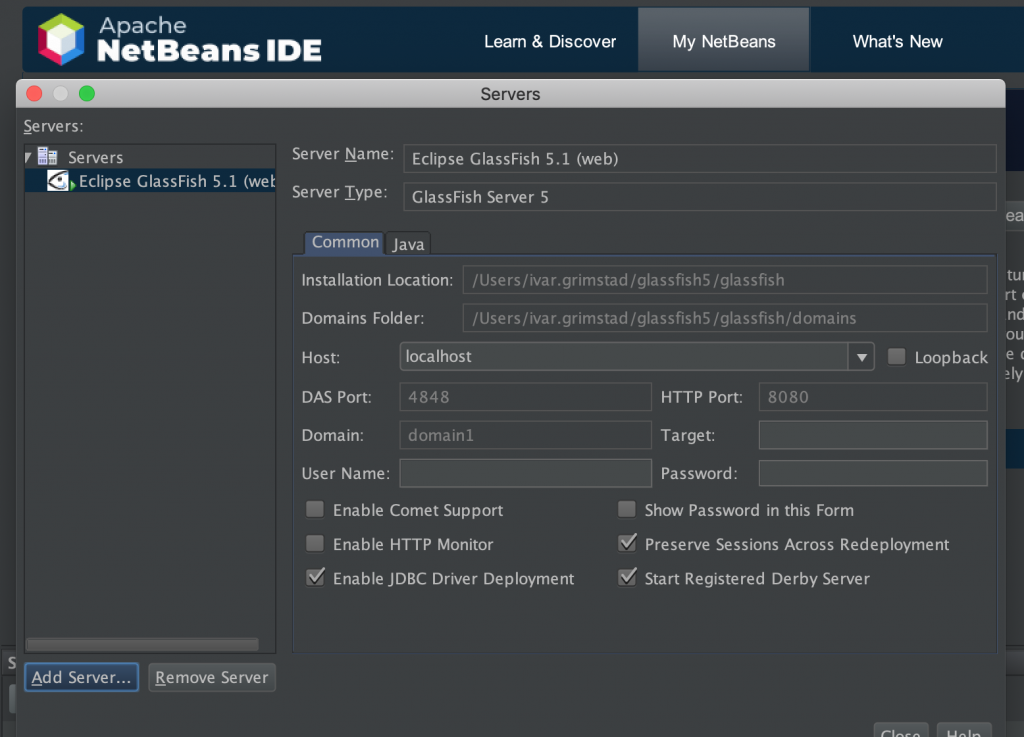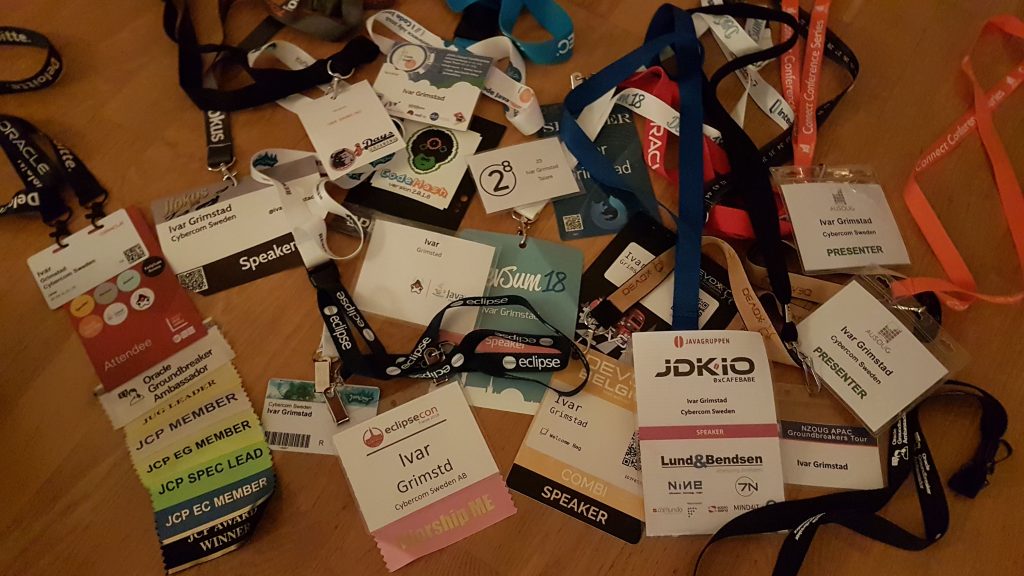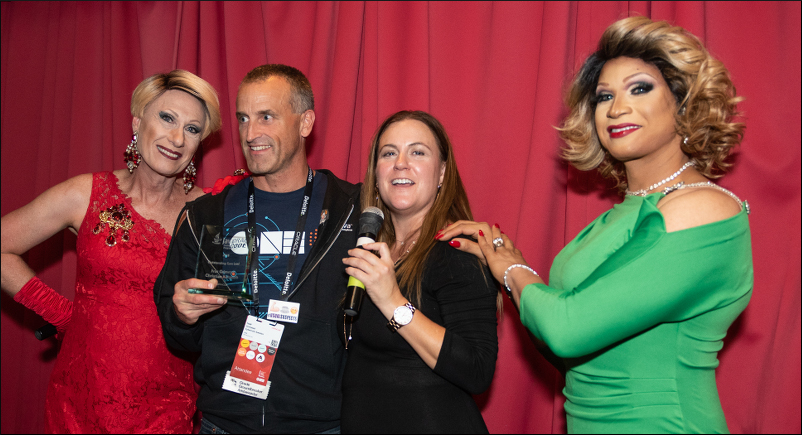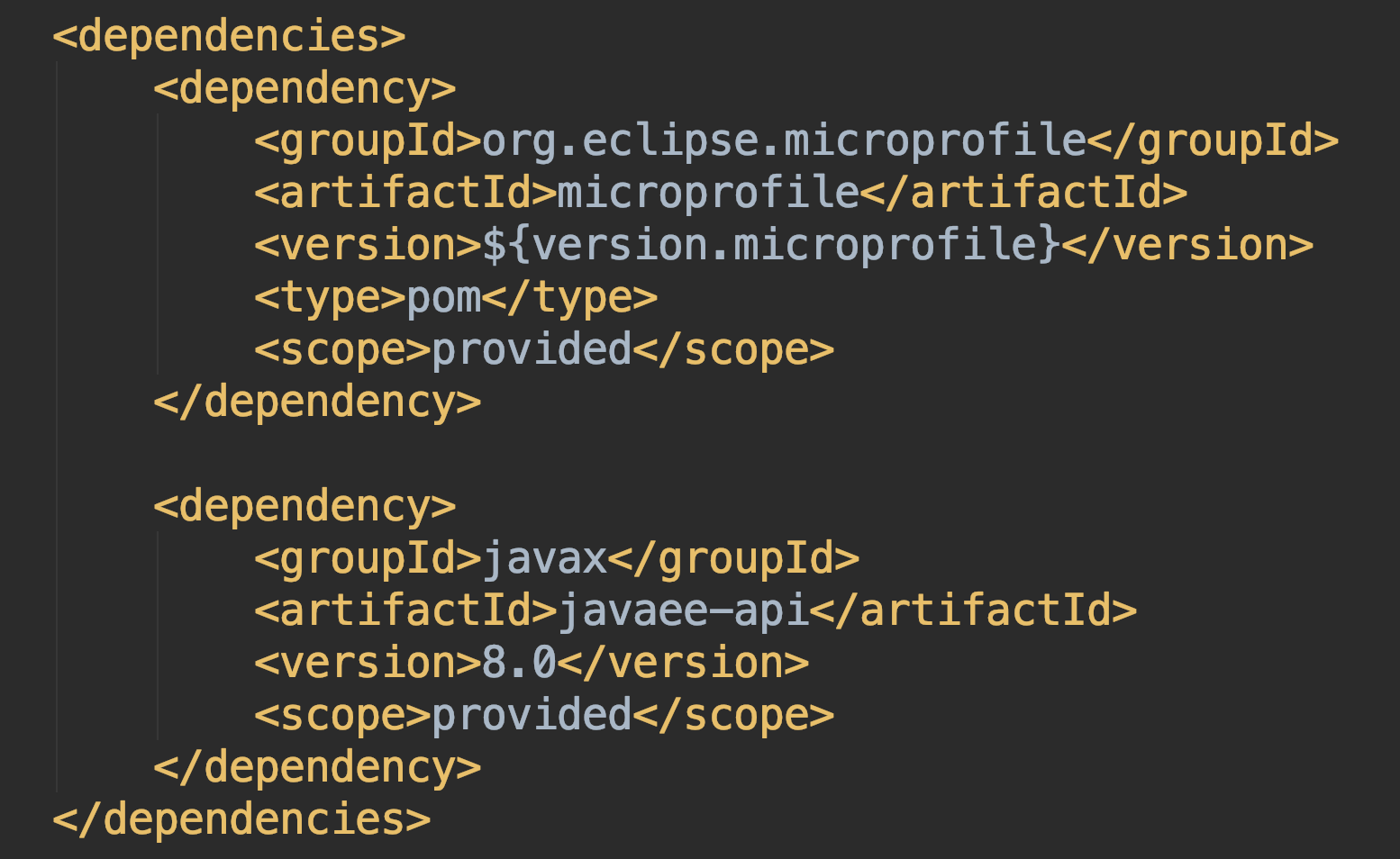I am super excited to announce that October 1st, I will become the first Jakarta EE Developer Advocate at Eclipse Foundation!
So, What’s new? Hasn’t this guy been doing this for years already?
Well, yes, and no. My day job has always been working as a consultant even if I have been fortunate that Cybercom Sweden (my employer of almost 15 years) has given me the freedom to also work on open source projects, community building and speaking at conferences and meetups.
What’s different then?
Even if I have had this flexibility, it has still been part-time work which has rippled into my spare time. It’s only so much a person can do and there are only 24 hours a day. As a full-time Jakarta EE Developer Advocate, I will be able to focus entirely on community outreach around Jakarta EE.
The transition of the Java EE technologies from Oracle to Jakarta EE at Eclipse Foundations has taken a lot longer than anticipated. The community around these technologies has taken a serious hit as a result of that. My primary focus for the first period as Jakarta EE Developer Advocate is to regain the trust and help enable participation of the strong community around Jakarta EE. The timing of establishing this position fits perfectly with the upcoming release of Jakarta EE 8. From that release and forward, it is up to us as a community to bring the technology forward.
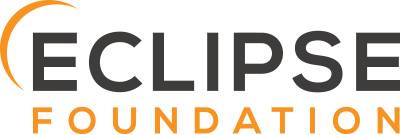
I think I have been pretty successful with being vendor-neutral throughout the years. This will not change! Eclipse Foundation is a vendor-neutral organization and I will represent the entire Jakarta EE working group and community as the Jakarta EE Developer Advocate. This is what distinguishes this role from the vendor’s own developer advocates.
I hope to see you all very soon at a conference or meetup near you!

